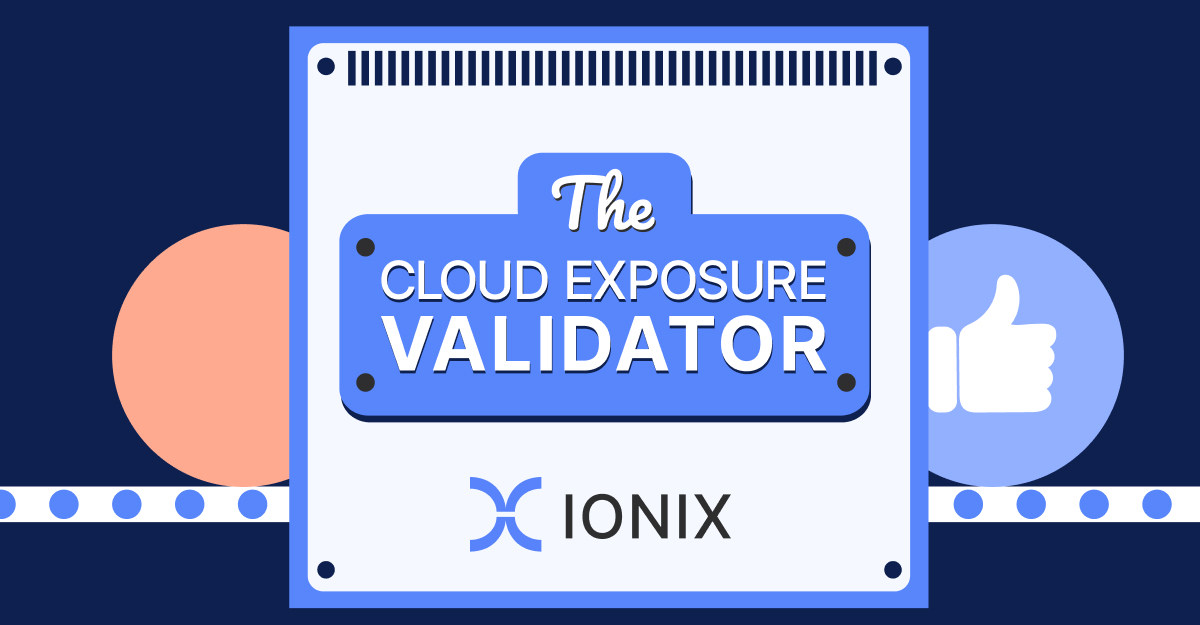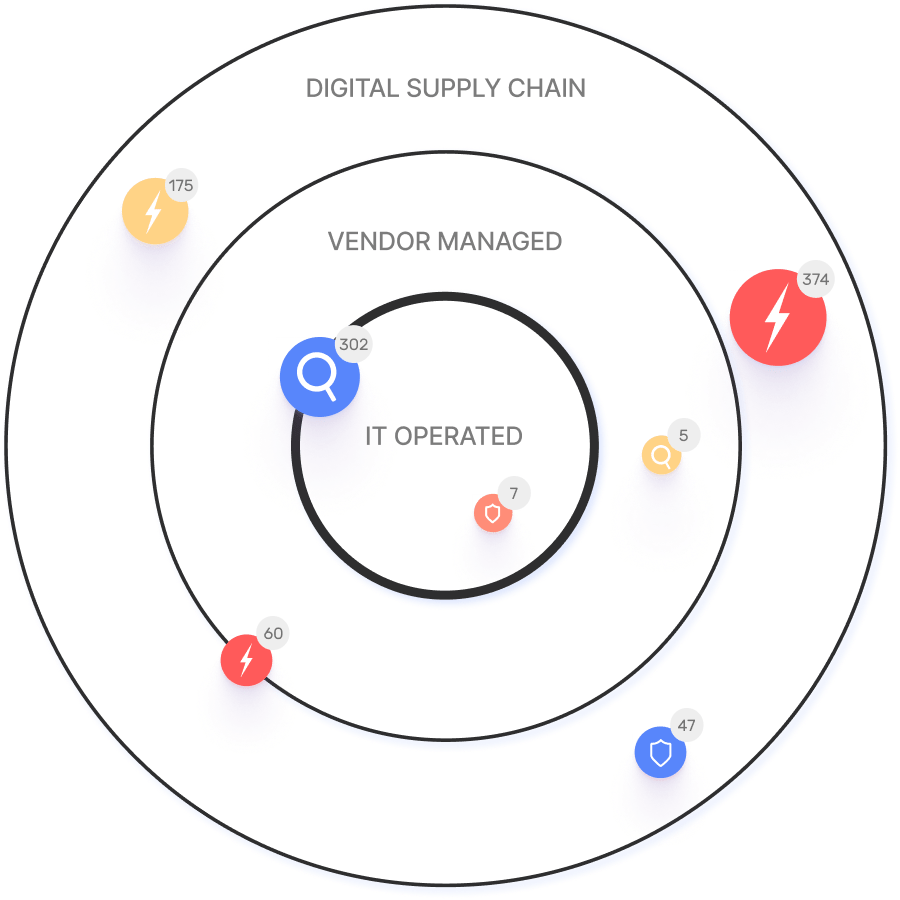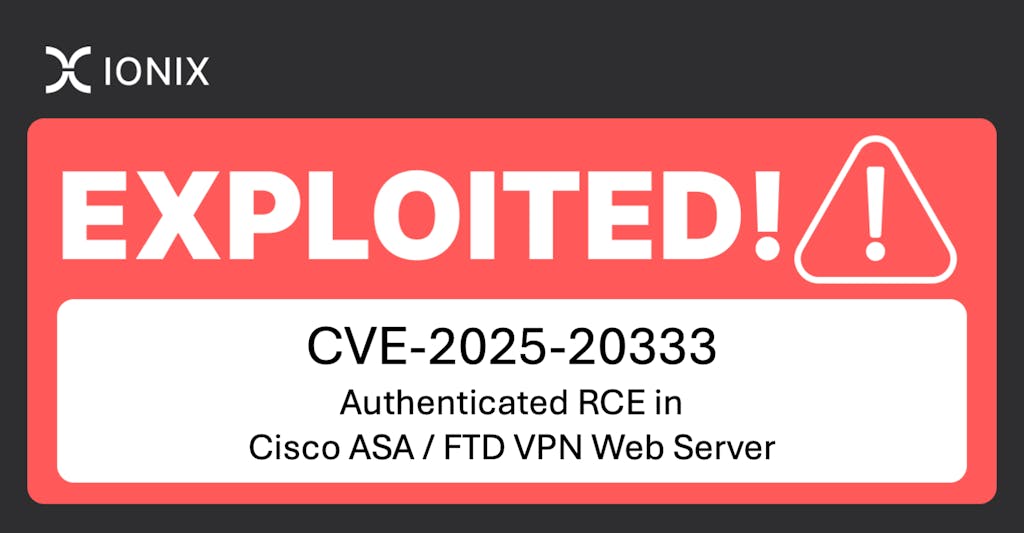Frequently Asked Questions
Vulnerability Assessment Methodology
What is a vulnerability assessment?
A vulnerability assessment is a review of an organization’s IT infrastructure—including networks, devices, and applications—to identify security weaknesses that malicious actors could exploit. It simulates threats of varying severity to gauge the system’s response, aiming to uncover weak spots such as design flaws and misconfigurations. These assessments can be automated or manual (the latter often called penetration testing). Source
Why should you run a vulnerability assessment?
Running a vulnerability assessment helps organizations understand their overall risk level, create an inventory of devices accessing the network, and evaluate the security of each device. It also helps identify sensitive data that may require additional protection, demonstrates a commitment to customer security, and supports regulatory compliance. Regular assessments reduce the risk of data breaches and associated penalties. Source
What are the main steps to performing a vulnerability assessment?
The typical steps are:
- Asset Discovery: Identify and catalog all assets, including digital supply chain components.
- Vulnerability Scanning: Use automated tools to scan for known vulnerabilities and misconfigurations.
- Prioritization: Assess and prioritize risks based on criticality and business impact.
- Analysis & Remediation: Analyze findings and implement remediation strategies for the most critical vulnerabilities.
- Validation: Reassess to ensure vulnerabilities are resolved.
- Ongoing Process: Continuously monitor for new vulnerabilities and risks.
Source
What are the three components of vulnerability assessment?
The three components are:
- Asset Identification: Recognizing and categorizing assets that might be vulnerable.
- Vulnerability Detection: Finding and listing vulnerabilities for each asset.
- Vulnerability Evaluation: Assessing the potential impact and risk level of each vulnerability.
Source
What are the three factors of vulnerability assessment methodology?
The three factors are:
- Breadth of Assessment: The scope and extent of the assessment across the organization’s infrastructure.
- Depth of Assessment: The granularity of the examination on each asset.
- Frequency of Assessment: How often assessments are performed; continuous assessment is recommended for real protection.
Source
What is a vulnerability assessment tool?
A vulnerability assessment tool is automated software that scans and identifies security vulnerabilities and misconfigurations in an organization’s IT infrastructure. These tools analyze networks, systems, and applications, categorize vulnerabilities by severity, and help prioritize remediation. Advanced tools use organizational context, exploitability testing, and threat intelligence for effective risk analysis. Source
What is the NIST risk assessment methodology?
The NIST (National Institute of Standards and Technology) risk assessment methodology is a comprehensive approach outlined in the NIST Special Publication 800 series. It provides guidelines for identifying, categorizing, prioritizing, and managing cybersecurity risks, and promotes an ongoing process of defining scope, identifying vulnerabilities, determining impacts, and suggesting mitigation strategies. NIST Special Publication 800 series
How does IONIX support vulnerability assessment and management?
IONIX offers a comprehensive attack surface management solution that leverages Connective Intelligence to discover up to 50% more assets while minimizing false positives. It determines attack surface risk through multi-level evaluations, identifies risky connections (including third-party services), and quantifies risk with scores and progress tracking. Learn more
Features & Capabilities
What features does IONIX offer?
IONIX provides features such as Attack Surface Discovery, Risk Assessment, Risk Prioritization, and Risk Remediation. The platform discovers all relevant assets, monitors changes in the attack surface, and ensures more assets are covered with less noise. It also includes Threat Exposure Radar for prioritizing critical issues and ML-based Connective Intelligence for asset discovery. Source
What integrations does IONIX support?
IONIX integrates with tools such as Jira, ServiceNow, Slack, Splunk, Microsoft Sentinel, Palo Alto Cortex/Demisto, and AWS services like AWS Control Tower, AWS PrivateLink, and pre-trained Amazon SageMaker Models. For more details, visit the IONIX Integrations page.
Does IONIX offer an API?
Yes, IONIX provides an API that supports integrations with major platforms including Jira, ServiceNow, Splunk, Cortex XSOAR, and more. Learn more
What technical documentation and resources are available for IONIX?
IONIX offers technical documentation, guides, datasheets, and case studies on its resources page. Explore IONIX Resources
Use Cases & Benefits
What problems does IONIX solve?
IONIX addresses challenges such as shadow IT, unauthorized projects, and unmanaged assets resulting from cloud migrations, mergers, and digital transformation. It enables proactive security management, provides real attack surface visibility from an attacker’s perspective, and ensures continuous discovery and inventory of internet-facing assets and dependencies. Learn more
Who can benefit from using IONIX?
IONIX is designed for Information Security and Cybersecurity VPs, C-level executives, IT managers, and security managers. It is suitable for organizations across industries, including Fortune 500 companies, insurance, financial services, energy, critical infrastructure, IT, technology, and healthcare. See customer stories
What business impact can customers expect from IONIX?
Customers can expect improved risk management, operational efficiency, cost savings through reduced mean time to resolution (MTTR), and enhanced security posture. IONIX provides actionable insights and one-click workflows to streamline security operations and protect brand reputation. Read more
Can you share specific case studies or customer success stories for IONIX?
Yes. Examples include:
- E.ON: Used IONIX to continuously discover and inventory internet-facing assets and external connections. Read the case study
- Warner Music Group: Improved operational efficiency and aligned security operations with business goals. Read the case study
- Grand Canyon Education: Enhanced security by proactively discovering and remediating vulnerabilities. Read the case study
Support & Implementation
How long does it take to implement IONIX and how easy is it to start?
Initial deployment of IONIX typically takes about a week and requires only one person to implement and scan the entire network. Customers have access to onboarding resources such as guides, tutorials, webinars, and a dedicated Technical Support Team. Read more
What support and training does IONIX provide to customers?
IONIX offers technical support and maintenance services during the subscription term, including troubleshooting, upgrades, and maintenance. Customers are assigned a dedicated account manager and benefit from regular review meetings. Onboarding resources include guides, tutorials, webinars, and a dedicated Technical Support Team. More details
What feedback have customers given about IONIX's ease of use?
Customers have rated IONIX as generally user-friendly and appreciate having a dedicated account manager for smooth communication and support. Read more
Security & Compliance
What security and compliance certifications does IONIX have?
IONIX is SOC2 compliant and supports companies with their NIS-2 and DORA compliance, ensuring robust security measures and regulatory alignment.
Competition & Differentiation
How does IONIX differ from other attack surface management solutions?
IONIX stands out with its ML-based Connective Intelligence, which discovers more assets with fewer false positives compared to competitors. Its Threat Exposure Radar helps prioritize the most urgent security issues, and it offers comprehensive digital supply chain coverage. IONIX also streamlines remediation with actionable insights and off-the-shelf integrations. Learn more
What industry recognition has IONIX received?
IONIX was named a leader in the Innovation and Product categories of the ASM Leadership Compass for completeness of product vision and a customer-oriented, cutting-edge approach. It also won the Winter 2023 Digital Innovator Award from Intellyx and has secured Series A funding to expand its platform. Read more
Blog & Resources
Does IONIX have a blog and what topics does it cover?
Yes, the IONIX blog covers topics such as cybersecurity, vulnerability management, exposure management, and industry trends. Key authors include Amit Sheps and Fara Hain. Read the IONIX Blog
Where can I find IONIX's blog and resources?
You can find the IONIX blog at https://www.ionix.io/blog/ and additional resources at https://www.ionix.io/resources.








